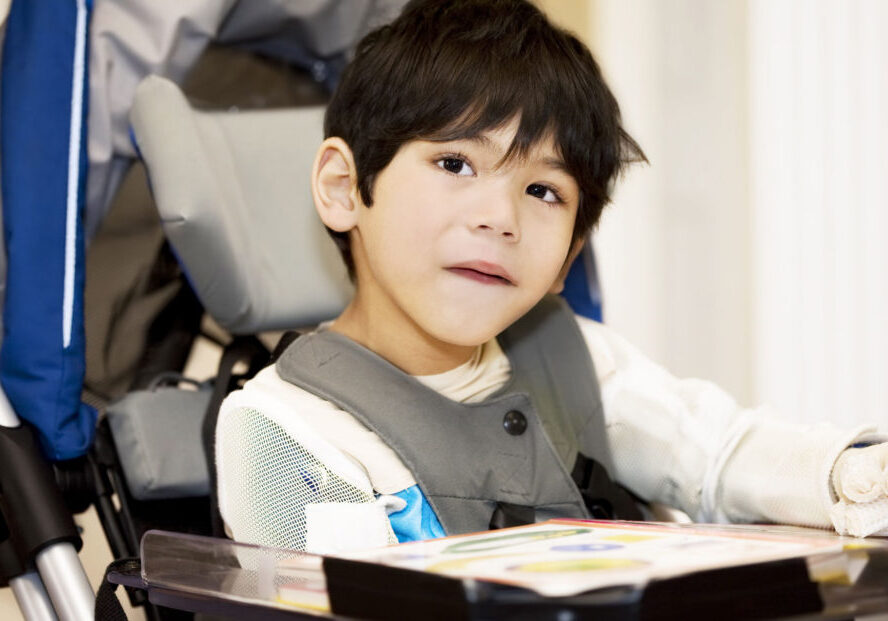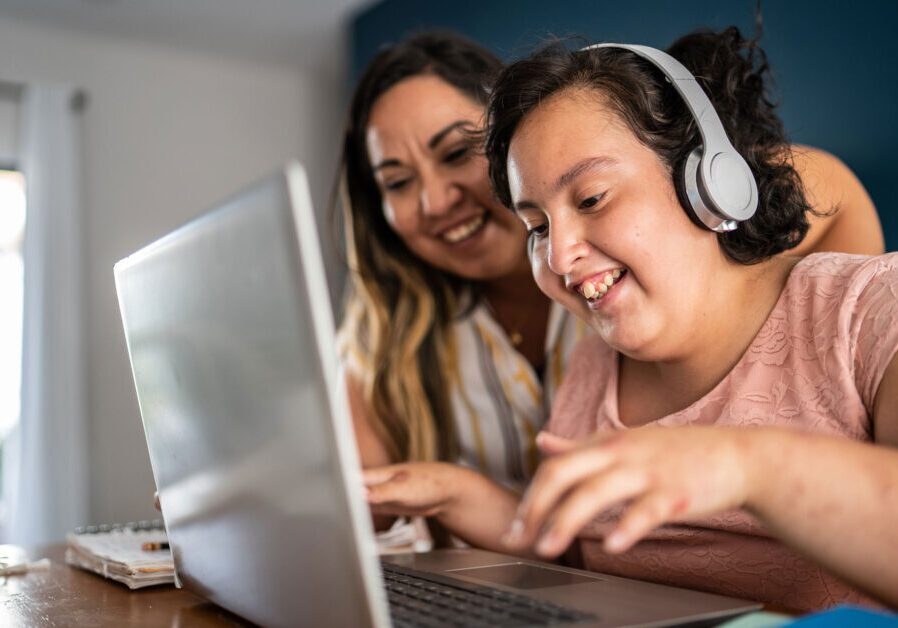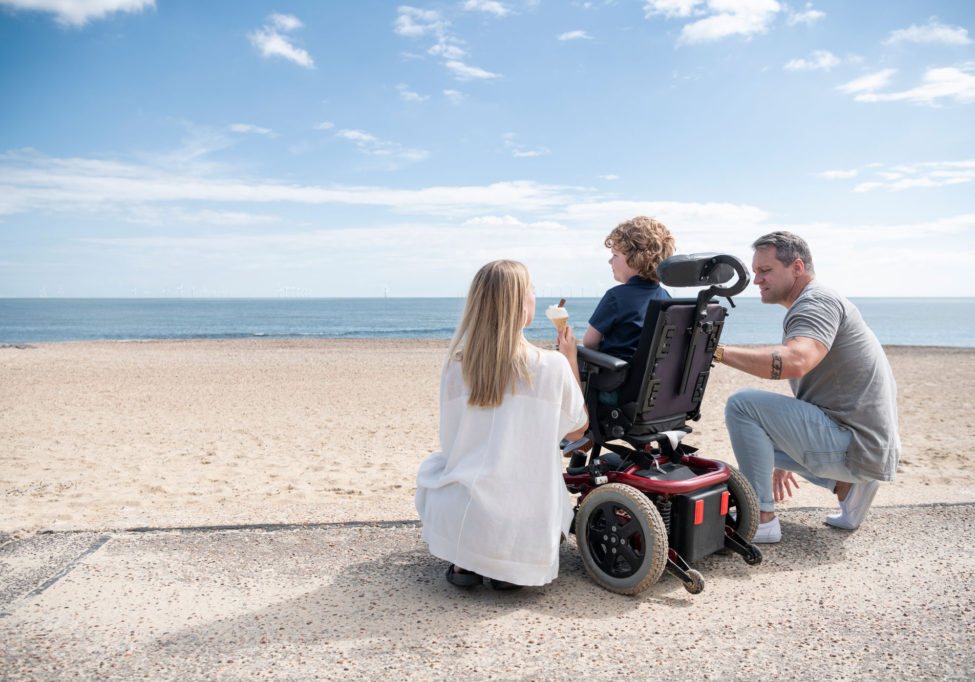Holidays, with their infectious cheer and warmth, have a unique way of bringing families together. However, for families with neurodivergent children, these joyful times can also present unique challenges. Unfamiliar environments, disrupted routines and sensory overload can turn the festive season into an overwhelming experience for these children.

Jennifer and Earl Arnold with Chance (12) and Lilly (17).
Understand the holiday season from your child’s perspective
Neurodivergent children, including those with autism spectrum disorders, ADHD, sensory processing disorders and other neurological variations, might face a multitude of challenges during the holiday season. This time of year is often filled with bright lights, loud noises and a lot of activity. These can be overwhelming for kids who are sensitive to sensory input. Disruptions to routines, environments and sleep are common, as large family gatherings, school functions and travel can throw off your child’s daily schedule.
Abstract concepts like gratitude, giving or even mythical aspects like Santa Claus can be a struggle for many kids. Anticipation and patience are also challenging for children with impulsivity or difficulties understanding the concept of time.
When faced with sensory overload, neurodivergent children might respond by having meltdowns, withdrawing or displaying intense reactions. It’s crucial to remember that these responses are often their way of coping with overwhelming sensory input rather than intentional misbehavior.
It’s natural for these children to feel a mix of excitement and anxiety as they encounter unfamiliar situations. As parents and caregivers, understanding and anticipating their unique needs is the first step in helping them navigate new holiday experiences.
Support your child with open communication
Supporting your neurodivergent child begins with open communication. Talking through the upcoming events and perhaps using visual aids or stories can offer them a sense of predictability. Encourage them to express their feelings, fears and hopes about the festivities. Creating a safe space where they can retreat if things become too intense is also invaluable. This could be a quiet room or a favorite nook equipped with comforting items like soft blankets, headphones or familiar toys. And remember, it’s OK to pace yourselves. Cut visits short or skip them altogether if you feel it would be better for your child’s well-being.
What to do when meltdowns happen
Sometimes, your child may feel overwhelmed even when you incorporate all the right elements. When your child has a meltdown in public, it can stir many emotions, including self-consciousness and even shame. But it’s essential to remember a few things to navigate these moments with compassion and understanding, both for yourself and your child.
The first and most important thing is to make sure they are safe. Move to another room or an area with fewer people and fewer stimuli if possible. Remain calm, as your emotional state can influence your child’s feelings. When they sense your calm, it offers them a beacon of stability. Gently reassure them that feeling overwhelmed is OK and that you’re there to support them.
Give your child space to express their feelings without interruption. Sometimes, just being heard can make a world of difference. Remember that their meltdown is a signal of genuine distress or overwhelming sensory input, not a reflection of your abilities as a parent or caregiver. Don’t focus on what other people may think; focus on your child and their immediate needs.
Remember, every child is unique. What works for one may not work for another. It’s a journey of understanding, patience and trial and error. By responding with compassion and using some of these strategies, you can make the holiday season a more enjoyable and inclusive experience for your child.
Posted in: Uniquely Us
Comment Policy: All viewpoints are welcome, but comments should remain relevant. Personal attacks, profanity, and aggressive behavior are not allowed. No spam, advertising, or promoting of products/services. Please, only use your real name and limit the amount of links submitted in your comment.
You Might Also Like...

Adaptive Equipment Helps Children with Special Needs Thrive
When we started our journey as parents of children with special needs over 14 years ago, we quickly realized that the world is not always adapted for our kids. One […]

Navigating the Process of Conservatorship for Developmentally Disabled Adults
Filing for conservatorship is a long, often complex journey that many parents and caregivers of disabled children embark on as their child approaches the age of 18. Like many parents, […]

Supporting Kids with Invisible Disabilities
This month is Mental Health Awareness Month and it’s the perfect time to gain a better understanding of invisible disabilities and how to best support the children who live with […]

Summer Road Trip Tips for Families with Medically Complex or Neurodivergent Kids
School is out, which means many families will take advantage of this time to plan getaways. Traveling with young kids is always an adventure, but traveling with medically complex kids, […]




